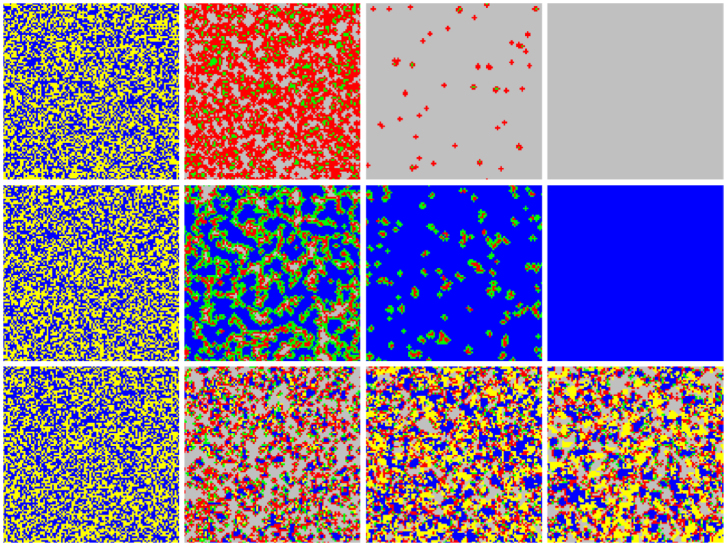Figure 3. Spatial patterns explain why an excessive abundance of common resources deters social responsibility.
Blue (yellow) are cooperators (defectors) that are central to groups where the common resources abound, while green (red) are cooperators (defectors) that are central to groups where the common resources are scarce. Grey denotes defectors where the common resources are completely depleted. Top row show the time evolution (from left to right) for α = 1, b = 10, and R = 50. Due to the low multiplication factor the common resources vanish fast. Middle row shows the time evolution for α = 10, b = 10, and R = 50. Here only cooperative groups succeed in keeping the pool from emptying. Groups with defectors quickly become unsustainable and hence pave the way towards cooperator dominance. Bottom row show the time evolution for α = 20, b = 10, and R = 50. Due to the high value of α common resources start to abound excessively, making even predominantly defective groups sustainable and thus fit to invade cooperators.

